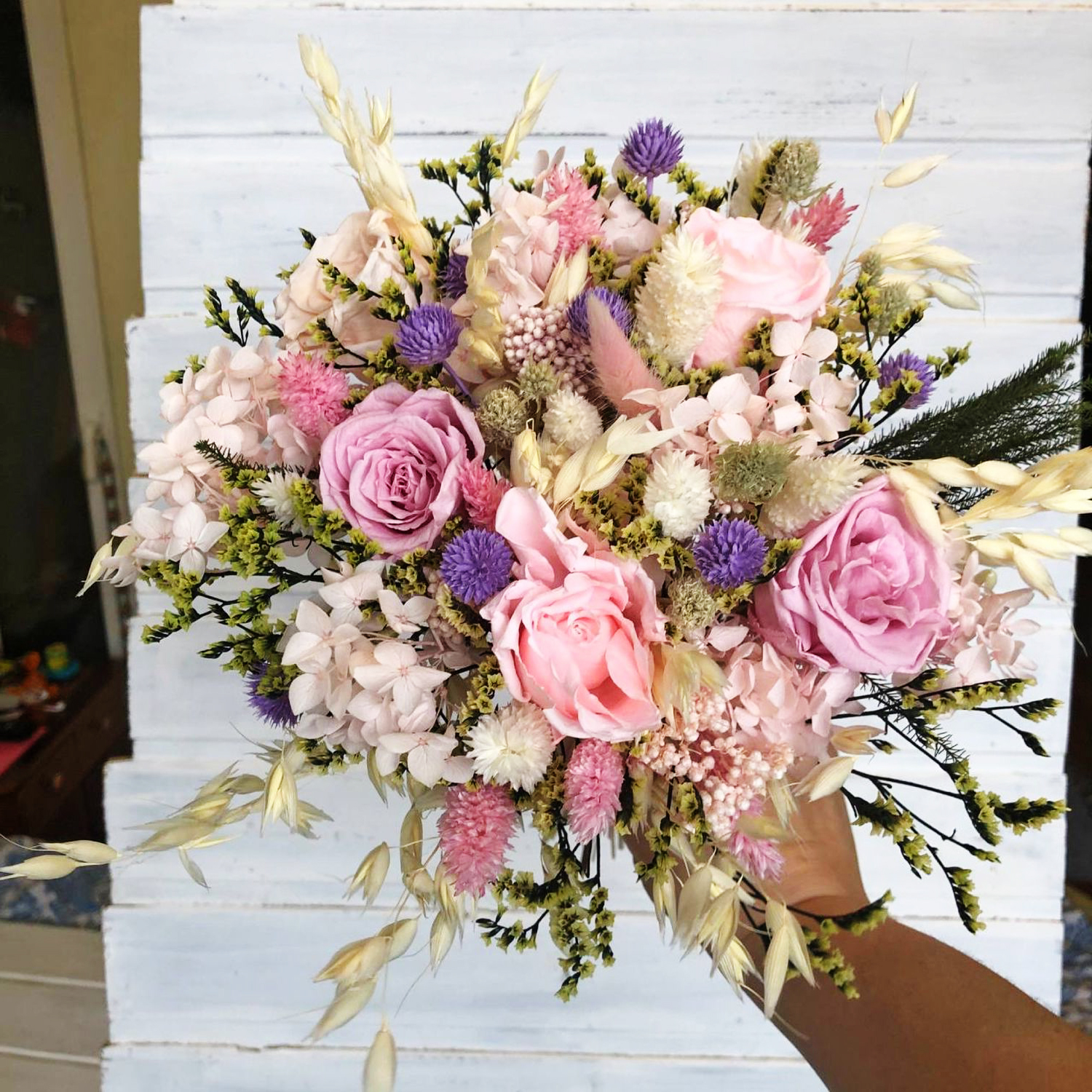
Arranging a beautiful bouquet is not just a matter of putting together a bunch of flowers. It requires skill, creativity, and an understanding of the principles of design. Whether you are a professional florist or someone who simply enjoys arranging flowers, here are some golden rules to help you create stunning bouquets every time.
1. Choose the Right Flowers
When it comes to creating a beautiful bouquet, the first step is to choose the right flowers. Consider the occasion, the recipient’s preferences, and the overall theme or color scheme you want to achieve. Select a variety of flowers with different shapes, sizes, and textures to add depth and interest to your arrangement.
Remember to choose flowers that are in season and fresh. Avoid using flowers that are wilted or have browning petals, as they will not last long and may detract from the overall beauty of the bouquet.
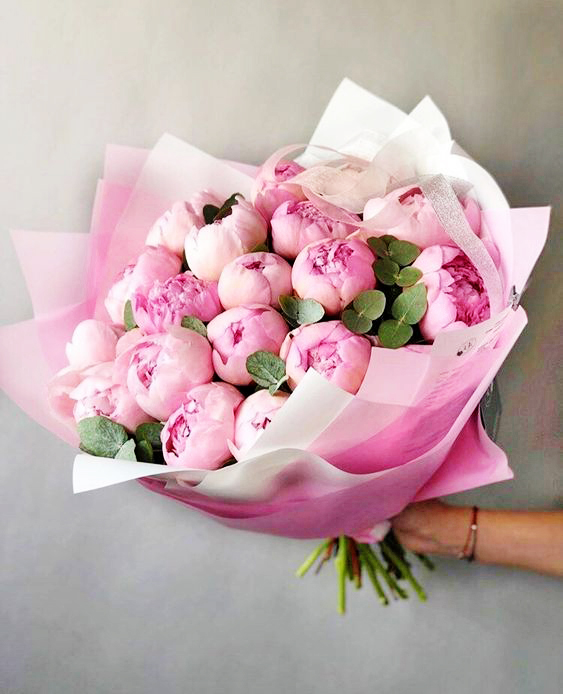
2. Pay Attention to Color and Contrast
Color is an essential element in any bouquet. It can evoke different emotions and set the mood for the occasion. When arranging flowers, consider the color wheel and choose complementary or contrasting colors to create a visually appealing arrangement.
For a classic and elegant look, opt for a monochromatic color scheme using different shades of the same color. If you want to add a pop of color, choose complementary colors that are opposite each other on the color wheel. For example, pair yellow flowers with purple or blue flowers for a vibrant and eye-catching bouquet.
Don’t forget to consider the vase or container you will be using. The color of the vase should complement the flowers and enhance the overall aesthetic of the arrangement.
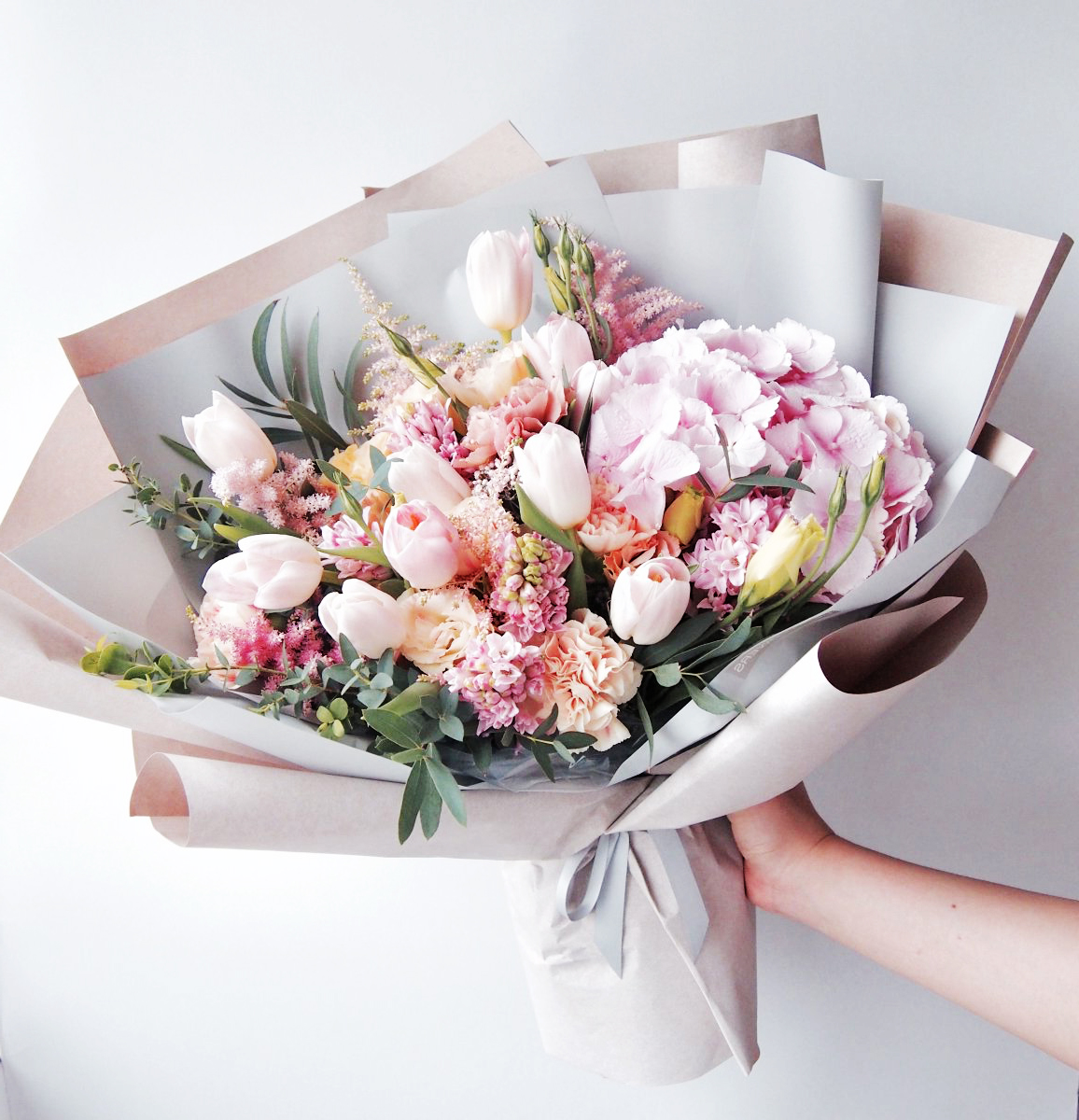
3. Focus on Balance and Proportion
Balance and proportion are crucial aspects of a well-arranged bouquet. Consider the size and shape of the flowers and arrange them in a way that creates a harmonious balance. Avoid overcrowding the bouquet or having one side significantly heavier than the other.
One popular technique used by florists is the “rule of thirds.” Divide the bouquet into three sections and place the focal flowers in the center section, with smaller flowers and foliage on either side. This creates a visually pleasing and balanced arrangement.
Proportion is also important when it comes to the size of the bouquet in relation to the vase or container. A general rule of thumb is to have the height of the bouquet be one and a half times the height of the container.
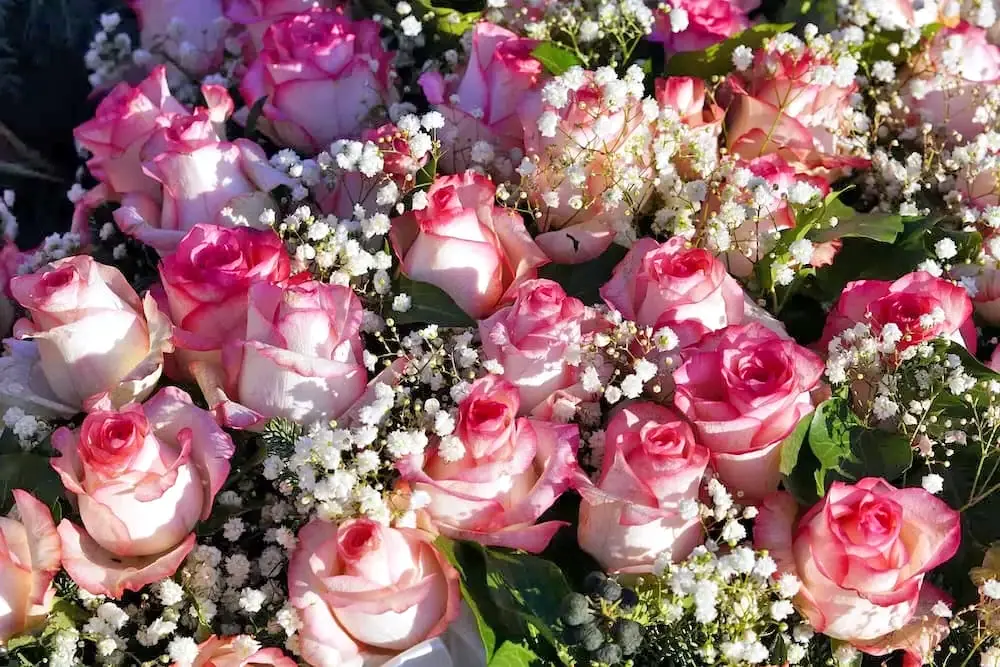
4. Consider Texture and Shape
Texture and shape add visual interest and depth to a bouquet. Combine flowers with different textures, such as smooth petals, fluffy blooms, or spiky foliage, to create a dynamic and visually appealing arrangement.
Consider the overall shape of the bouquet as well. Choose flowers with different heights and shapes to create a balanced and interesting silhouette. Incorporate flowers with cascading or trailing stems to add movement and drama to the arrangement.
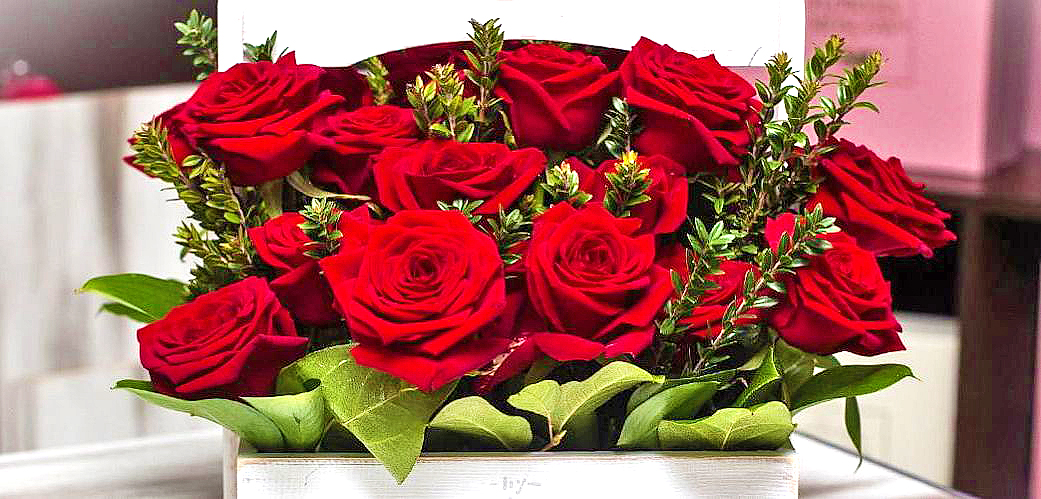
5. Don’t Forget About Foliage
Foliage is often overlooked but plays a crucial role in enhancing the beauty of a bouquet. It provides a backdrop for the flowers and adds texture and color variation. Choose foliage that complements the flowers and adds depth to the arrangement.
When selecting foliage, consider the shape and texture of the leaves. Opt for foliage with different shades of green or even variegated leaves for added visual interest. Don’t be afraid to experiment with different types of foliage, such as eucalyptus, ferns, or ivy, to create unique and stunning bouquets.

Arranging bouquets is an art form that requires a combination of creativity and technical skill. By following these golden rules, you can create beautiful and visually appealing bouquets that will bring joy and delight to any recipient.
Remember to choose the right flowers, pay attention to color and contrast, focus on balance and proportion, consider texture and shape, and don’t forget about foliage. With practice and a keen eye for design, you can become a master at arranging bouquets that will leave a lasting impression.
